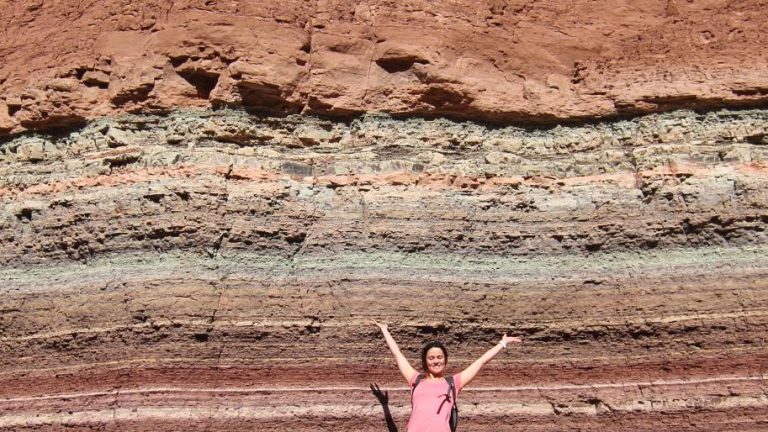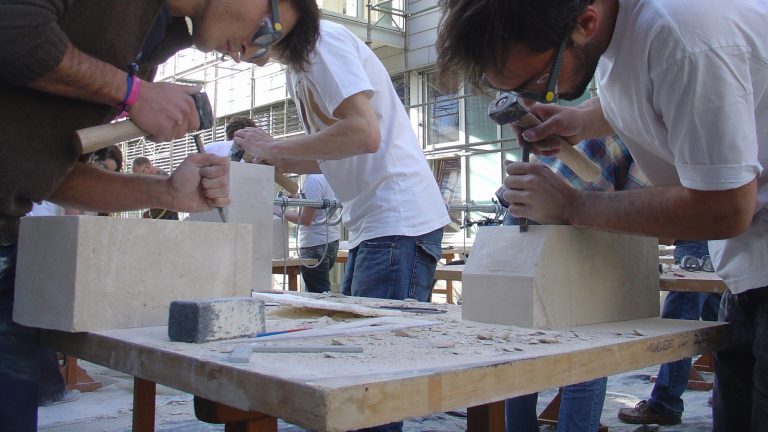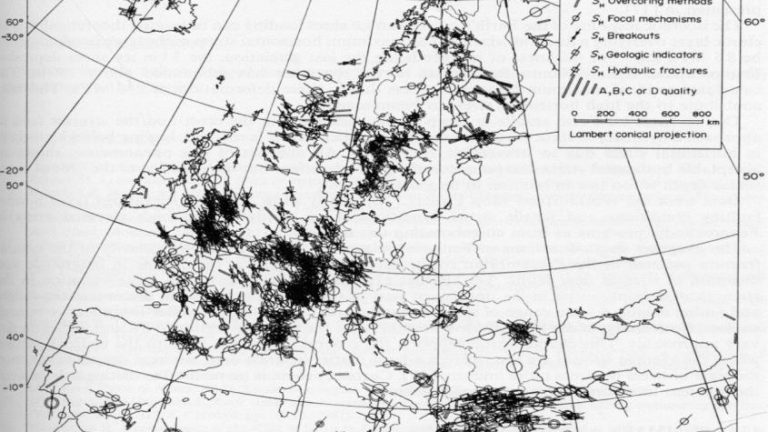LEMR provides undergraduate teaching on rock mechanics, tunnel engineering, engineering geology, underground construction, and other geomechanics and geoengineering related fields, to civil engineering students at EPFL. The courses taught at LEMR for undergraduate and Master of Science students are:
Bachelor courses
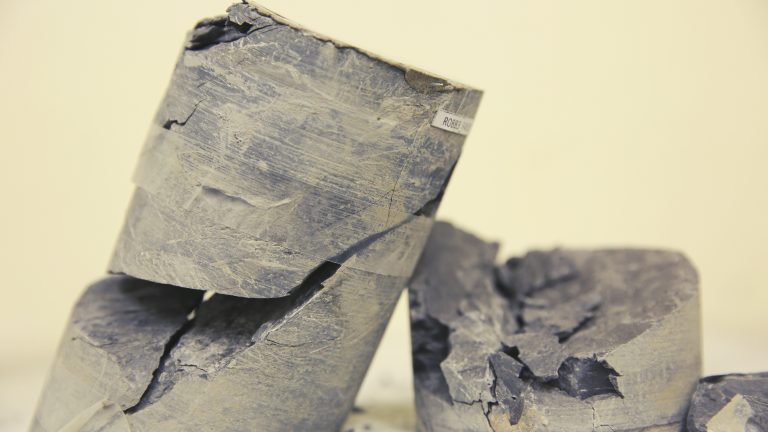
The goal of the course is to explain the fundamental concepts; the course will provide students a thorough understanding of rock behaviour. During the semester students will learn the physical properties of rocks, in-situ stresses and stress measurements, and others related subjects. An important part of the course is devoted to tunnelling engineering including design of underground excavation and rock support systems, as well as classification methods.
Master courses
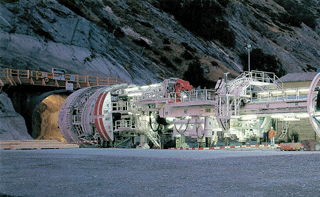
The objective is to gain a thorough understanding of space and underground work, including planning, management, construction techniques, risk assessment, and environmental considerations.
Semester projects and Master projects
We offer several projects for master students & third year bachelor students. These projects can be adapted for the different kinds of projects (i.e., semester project in bachelor or master, final master project with pre-study). Do not hesitate to contact us if you are interested in doing a project on a topic related to rock mechanics and rock physics. Contact info
Semester Project 1: Calibration and Utilization of a Novel Biaxial Shear Deformation Apparatus for Rock Discontinuity Analysis (contact Laurent Gastaldo)
In this project, students will embark on a comprehensive exploration of a newly designed biaxial shear deformation apparatus tailored for analyzing rock discontinuity behavior. The primary objective will be to calibrate this innovative apparatus to ensure accurate and reliable measurements of shear deformation properties. Students will devise a calibration protocol involving synthetic rock samples with known mechanical characteristics. Once calibrated, the apparatus will be employed to conduct systematic studies on real rock samples, enabling the quantification of shear strength, stress distribution, and fracture propagation along discontinuity surfaces. This project not only advances students’ understanding of rock mechanics but also contributes to the development of cutting-edge geotechnical instrumentation.
Semester Project 2: Exploring the Effects of Normal Stress Oscillations on Rupture Dynamics using Analog Samples in a Biaxial Shear Apparatus (contact Simon Guérin Marthe)
In this project, students will investigate how earthquake pattern and dynamic ruptures can be affected by remote normal stress oscillations. Through the utilization of a newly developed biaxial shear apparatus, students will conduct experiments on an analog sample, measuring stresses and displacements during so-called “stick-slip” cycles. By systematically varying the magnitude and the amplitude of the oscillations while maintaining a given load point velocity, they will unravel how the latter cycle is affected by normal stress variations. This study promises to shed light on the likelihood of earthquakes being impacted by human-induced or tidal driving forces.
Semester Project 3: Exploring Effects of Fault Aspect Ratio on Rupture Dynamics through Analog Samples in a Biaxial Shear Apparatus (contact Simon Guérin Marthe)
In this project, students will tackle a challenge in rupture modelling by investigating how the aspect ratio of a fault affects the failure process. Through the utilization of a newly developed biaxial shear apparatus, students will conduct experiments on analog samples of varying sizes. By systematically altering sample dimensions while maintaining the same properties, they will unravel how the rate and state and slip weakening friction laws manifest for the different configurations. This study promises to shed light on the rupture mode of a fault and its overall failure response, depending on its aspect ratio.
Master’s Project 1: Investigating the physical properties of continental lower crust (Contact Francesco Lazari: [email protected])
The deeper portions of the Earth’s crust, particularly the crust-mantle transition zone known as the “Moho”, are typically inaccessible for direct sampling and measurements. Limited surface outcrops pose challenges in understanding the widely variable rheology of this region.
We propose a project for a highly motivated master student interested in experimental rock mechanics, aiming to investigate physical properties of continental deep crustal rocks from the Ivrea-Verbano region at high pressure and temperature (up to 200 MPa and 150°C).
The student will learn how to prepare samples for and perform hydrostatic experiments on a high pressure-high temperature triaxial machine at LEMR. The experiments will yield ultrasonic wave velocity, permeability, and spectral electrical conductivity measurements as a function of pressure and temperature. The results will improve and ease the interpretation of large-scale geophysical investigations.
Master Project 2: High-Pressure High-Temperature Permeability Analysis of Geothermal Reservoir Rocks from Iceland and Canada using Advanced Triaxial Equipment (Contact Gabriel Meyer)
This ambitious master’s project aims to push the boundaries of geothermal research by conducting groundbreaking permeability measurements. Students will employ an advanced triaxial machine, the Paterson apparatus, to analyze the permeability of rock samples extracted from geothermal reservoirs in Iceland and Canada. Operating at unprecedented conditions of 100 MPa pressure and temperatures up to 700°C, this project seeks to bridge a significant knowledge gap in the literature. By meticulously characterizing the permeability of these high-temperature reservoir rocks, students will contribute to a deeper understanding of geothermal resource potential and provide invaluable insights for sustainable energy extraction.
Master Project 3: Deformation and Failure Properties of Synthetic Sedimentary Rock (Contact Ghassan Shahin)
Sedimentary reservoirs are ubiquitous on earth and have a broad application in geologic carbon-dioxide sequestration and aquifers management. Advancing knowledge about sedimentary rock mechanics is crucial for promoting the security and efficiency of geotechnology and interpreting geophysical processes such as seismic faulting and the upper crust dynamics.
Techniques relying on grain sintering have recently been employed to generate synthetic rock. We believe that the new techniques offer a unique opportunity to advance our understanding of deformation and failure properties of sedimentary rock with controlled porosity, grain size, shape, and mineralogy.
This project involves two independent research pathways:
- The first pathway will work on domesticizing existing techniques of hot sintering to produce synthetic sandstone.
- The second pathway will explore novel techniques relying on cold sintering (or pressure solution) to produce synthetic limestone.
In both projects, the student will develop skills in fabricating rock under controlled thermo-physio-chemical settings and characterizing the rock petrophysical and mechanical properties.
Sedimentary reservoirs are ubiquitous on earth and have a broad application in geologic carbon-dioxide sequestration and aquifers management. Advancing knowledge about sedimentary rock mechanics is crucial for promoting the security and efficiency of geotechnology and interpreting geophysical processes such as seismic faulting and the upper crust dynamics.
Techniques relying on grain sintering have recently been employed to generate synthetic rock. We believe that the new techniques offer a unique opportunity to advance our understanding of deformation and failure properties of sedimentary rock with controlled porosity, grain size, shape, and mineralogy.
This project involves two independent research pathways:
- The first pathway will work on domesticizing existing techniques of hot sintering to produce synthetic sandstone.
- The second pathway will explore novel techniques relying on cold sintering (or pressure solution) to produce synthetic limestone.
In both projects, the student will develop skills in fabricating rock under controlled thermo-physio-chemical settings and characterizing the rock petrophysical and mechanical properties.
